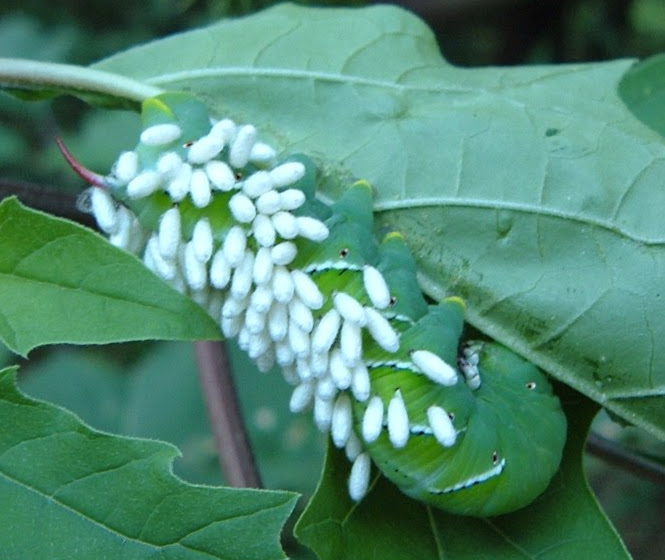A visit to the local independent bookstore, McIntyre’s Books is always a treat. Books there are invariably abundant, and the atmosphere is inviting for a quiet reading. During winter fireplace regularly provides the welcomed shelter and summery hot days can be tolerated better inside.

Weekly readings by local and not-so-local authors add a spice to the life in the bookstore.
A couple of months ago we were visited by a local tomato guru, Craig LeHoullier. His book Epic tomatoes, based on nearly lifetime experience of growing them, summarizes his experience in an off-beat manner. I was taken by a combination of the perceived ease of this activity, the need for the balance of writing, exercising and traveling and the seemingly friendly weather in my state. So I’ve taken up gardening. It didn’t hurt that my next door neighbor is a retired farmer, and we made a deal. I will help him with health problems, if any, and he will return favor in farming.
The spring tomato seedlings went in, watering was abundant, and sun exposure was perfect. Seemed a paradise to me.
Then the first troubles started. Some of the leaves wilted, but watering took care of it. Swarms of bees appeared after yellow flowers covered the green plants. At that point, trouble came from Bentley, who was chasing and catching them with his mouth. Then some of the leaves got holes in them and I didn’t know how to deal with it.
But the most interesting picture I saw one morning on our regular inspection of our tomato plants.

It was a worm – like green monster covered with white growths. What the heck? I texted this picture to my friendly farmer neighbor.
“Tomato horn worm. A really common problem. Don’t worry. Just remove them. No need to spray.” But then followed the explanation of these white growths, which I found fascinating. Had to read more. Here is the rest of the story.
Tomato horn worm Manduca quinquemaculata is a common caterpillar with a characteristic horn on its last segment. They are voracious leave-eaters. Quickly, can destroy most of the plant foliage. Tomatoes are their favorites. Being colored as green as the leaves they feed from, they use mimicry to avoid predators. The damage can be substantial.

But not let your heart be troubled. There comes the nature’s revenge. Out of the blue Carolina sky arrives an army of saviors. They are little braconid wasps, Cotesia congregatus. They deposit their eggs in a form of little cocoons on the bodies of our ugly caterpillars. You can see those white structures neatly attached to their backs. They feed themselves on the insides of the caterpillars and so get rid of our enemy. From there they go looking for more. Everything in balance.
Nature has its ways.
There is one more thing I learned about tomatoes:
Knowledge is knowing that tomato is a fruit,
Wisdom is not putting it in a fruit salad.
Miles Kington


